When families begin the process of searching for the right university or college, they’ll usually explore which institution is the most suitable for not only their young adult, but also their pockets.
That doesn't mean families are necessarily looking for the cheapest school, but it does mean it helps if a place of higher earning represents good value.
To help college-shopping families, U.S. News and World Report has evaluated 143 accredited universities and colleges to determine which did the best job of giving students the most for their money.
The study evaluated schools' costs and the quality of the educational experience they provided. The ranking considered factors including total costs, the salaries of school graduates, the availability of financial aid and average class size.
In fact, the cheapest school among those evaluated, Brigham Young University in Provo, Utah, came in at number 11. The most expensive college, meanwhile, was in the top 10.
These are the 10 best value schools in ascending order.
10. Duke University
Durham, N.C.
2017-2018 Tuition and fees: $53,744
2017-2018 Room and board: $15,500
Needs-based grant recipients: 41 percent
Classes with fewer than 20 students: 71.4 percent
Duke states that it has a need-blind admission policy, meaning the university covers 100 percent of a family’s needs after their contribution and regardless of the family’s ability to pay tuition and fees. Fifty percent of students in the 2017-2018 school year received some form of financial aid from the university. Students seeking to finance a study-abroad program they’ve been accepted into can apply for financial aid through the school.
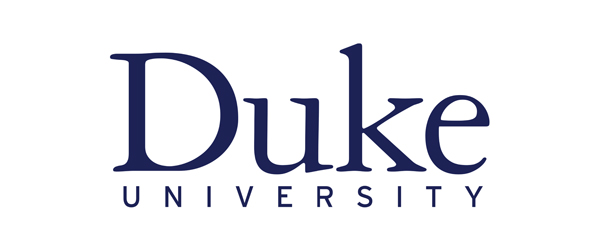
9. University of North Carolina – Chapel Hill
Chapel Hill, N.C.
2017-2018 Tuition and fees: $9,005 ($34,588 out-of-state)
2017-2018 Room and board: $11,556
Needs-based grant recipients: 41 percent
Classes with fewer than 20 students: 38.8 percent
Bloomberg BusinessWeek recognized UNC for its undergraduate business program in 2016 and The Wall Street Journal ranked it the third-best public university in 2018 for its robust number of student organizations and its nationally recognized collegiate paper, The Daily Tar Heel.
Students enrolled in UNC have access to over 300 study abroad programs in 70 countries.
The university offers merit-based scholarships and needs-based assistance that meets a student’s full need, according to U.S. News and World Report. Students in the 2017-2018 school year paid, on average, $17,815 after receiving grants.
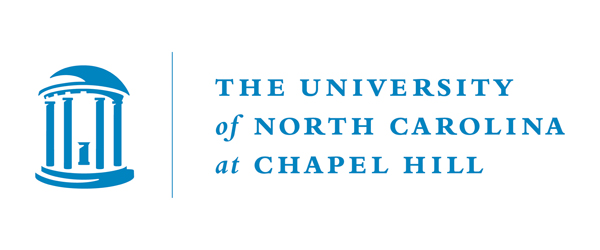
8. California Institute of Technology (Caltech)
Pasadena, Calif.
2017-2018 Tuition and fees: $49,908
2017-2018 Room and board: $14,796
Needs-based grant recipients: 51 percent
Classes with fewer than 20 students: 67.4 percent
Caltech’s science and engineering programs receive international attention for the research it supports. In 2014, a higher education magazine in Great Britain ranked Caltech as the best research university in the world.
The science and engineering program has a low student-to-faculty ratio, allowing students the advantage of small classrooms that feel more like a community and less like Madison Square Garden.
Caltech doesn’t base its financial aid on merit. According to the school’s website, Caltech’s aid focuses on being need-based.
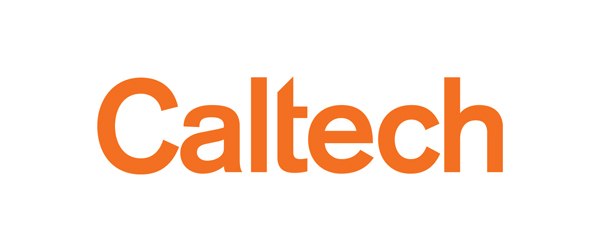
7. Dartmouth College
Hanover, N.H.
2017-2018 Tuition and fees: $52,950
2017-2018 Room and board: $15,159
Needs-based grant recipients: 50 percent
Classes with fewer than 20 students: 62.3 percent
Dartmouth ranked in U.S. News and World Report’s top 10 for best undergraduate teaching, best undergraduate engineering programs and popularity among high school counselors.
The net cost of enrolling in Dartmouth averages $23,312, according to U.S. News and World Report. Even though the university offers free tuition for students with family incomes of less than $100,000, families with more than $100,000 in income are eligible for scholarship assistance and low-interest rate loans.
“Dartmouth is committed to reducing student debt. ... The total debt our students have at graduation is among the lowest in the country,” Dartmouth stated on its financial aid website.
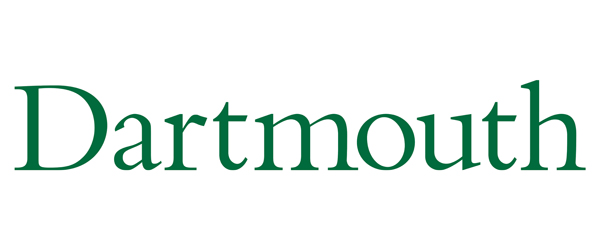
6. Columbia University
New York, N.Y.
2017-2018 Tuition and fees: $57,208
2017-2018 Room and board: $13,618
Needs-based grant recipients: 48 percent
Classes with fewer than 20 students: 82.9 percent
Columbia is the fifth-oldest college in the U.S., established in 1754, incorporated by King George II of England. Its fame also comes from being the alma mater of founding fathers such as John Jay, Gouverneur Morris and Alexander Hamilton. Former president Barack Obama also walked the halls of Columbia.
The university has a robust catalogue of programs, but most students choose courses in economics, political science and psychology.
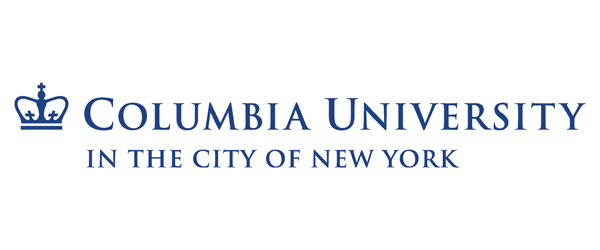
5. Massachusetts Institute of Technology
Cambridge, Mass.
2017-2018 Tuition and fees: $49,892
2017-2018 Room and board: $14,720
Needs-based grant recipients: 58 percent
Classes with fewer than 20 students: 69.6 percent
MIT offers strong programs across the sciences and mathematics, says U.S. News and World Report. Alumni include Salman Khan, the founder of Khan Academy; William Porter, who founded E-Trade; and former astronaut Edwin “Buzz” Aldrin.
The school’s Undergraduate Research Opportunities Program offers paid research to increase students’ ability to participate in platforms not covered by financial aid. Students can access international internships and engage the program entrepreneurially through mentorships and sponsored projects.
MIT increased its tuition by 3.9 percent for the 2018 - 2019 school year, but then raised its financial aid by 9.6 percent to $129.9 million so it could counterbalance it.
“By removing barriers to talent, we enable exceptional students to attend regardless of need,” said the university’s vice chancellor, Ian Waitz, in a statement. “And once here, the level of financial aid and other resources MIT provides allows students to focus on their education.”
According to MIT’s website, even families earning more than $250,000 may qualify for need-based financial aid based on circumstances like having multiple children in college.
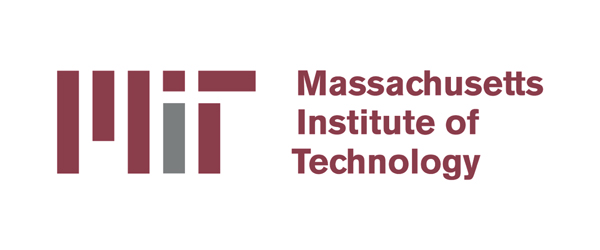
4. Stanford University
Stanford, Calif.
2017-2018 Tuition and fees: $49,617
2017-2018 Room and board: $15,112
Needs-based grant recipients: 47 percent
Classes with fewer than 20 students: 70.3 percent
Stanford has produced a plethora of men and women who succeeded in business, athletics, the arts, government and the sciences. Most of their famous graduates can be seen in business and sports. Professional golfers Michelle Wie and Tiger Woods walked the halls of Stanford, as well as Charles Schwab, the founder of the discount brokerage firm Charles Schwab Corporation.
Stanford announced in February that it would increase tuition to $50,703 (excluding the mandatory health fee) for the 2018 - 2019 school year, but the university also increased its undergraduate financial aid offering by 5.4 percent. For the 2017-2018 school year, need-based aid averaged $44,894.
“Most Stanford undergraduate students are able to graduate debt-free,” the university stated on its website. “In 2016-17, 82 percent of undergraduates completed their Stanford degrees without student debt.”
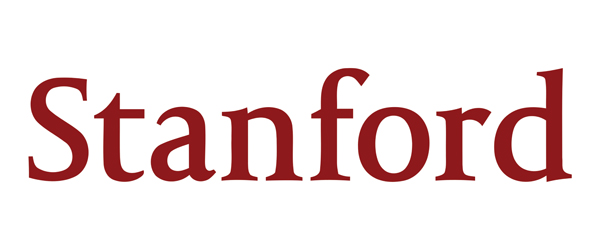
3. Yale University
New Haven, Conn.
2017-2018 Tuition and fees: $51,400
2017-2018 Room and board: $15,500
Needs-based grant recipients: 50 percent
Classes with fewer than 20 students: 75.2 percent
High school graduates seeking a prestigious drama or music program may want to check out Yale University’s arts programs. The university’s programs don’t carry the same weight as The Julliard School, but it does make top 20 lists.
Undergraduates at Yale receive special attention. U.S. News and World Report found that distinguished professors teach introductory and advanced courses to undergrads, which encourages students to explore various subject areas.
Students who apply to Yale get an average need-based scholarship or grant of $50,565. Yale also lessened the amount of expected family contribution for first-year students and those with the most financial need. According to U.S. News and World Report, the average cost of attending Yale falls to $18, 385 after financial aid
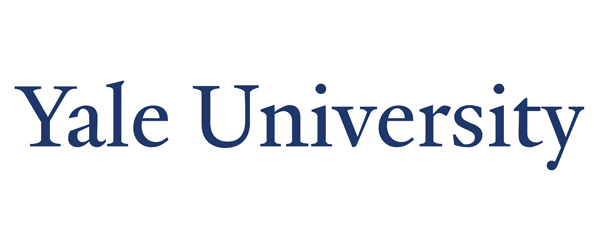
2. Harvard University
Cambridge, Mass.
2017-2018 Tuition and fees: $48,949
2017-2018 Room and board: $16,660
Needs-based grant recipients: 55 percent
Classes with fewer than 20 students: 74 percent
Harvard University has the largest enrollment of all eight Ivy League institutions. Although one of the most selective universities, it admits students in the tens of thousands, while schools like Princeton and Dartmouth try to maintain a four-figure enrollment number.
The university produced nearly 50 Pulitzer Prize winners and Nobel laureates and 32 heads of state in the U.S. and more than 10 other countries.
According to Harvard’s website, its scholarships leave recipients paying an average $12,000 annually. Its average grant was $50,000 for the current school year.
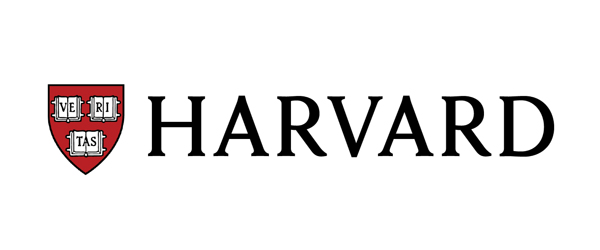
1. Princeton University
Princeton, N.J.
2017-2018 Tuition and fees: $47,140
2017-2018 Room and board: $15,610
Needs-based grant recipients: 60 percent
Classes with fewer than 20 students: 73 percent
Former first lady Michelle Obama, model and actress Brooke Shields, and former U.S. President Woodrow Wilson are a few of the notable figures that graduated from this Ivy League university.
Princeton University is one of America’s oldest universities, establishing itself as an educational institution in 1746. It was known as the College of New Jersey until 1896 when it took on the name of its host town, Princeton.
The university provides financial aid on a sliding scale. The university this month announced that it increased its undergraduate financial aid offerings by 7.7 percent to $174.2 million. Princeton reported that undergraduate students from households earning $65,000 and less receive aid that typically covers tuition and room and board. Undergrads from families earnings $160,000 receive assistance that typically covers tuition. For undergrads with household earnings of $180,000, the aid will help cover 75 percent of tuition.
“The committee is pleased to endorse an increase in the financial aid budget that maintains Princeton’s commitment to meeting full financial need for all students who are admitted,” said Provost Deborah Prentice, the university’s chief budget officer, in a statement.
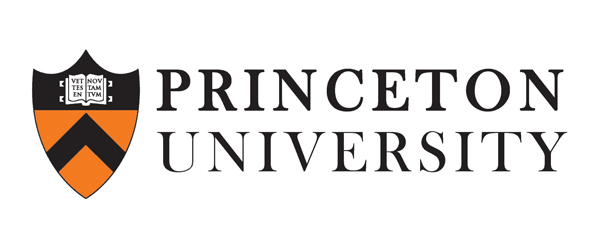
To view the full report, click here.